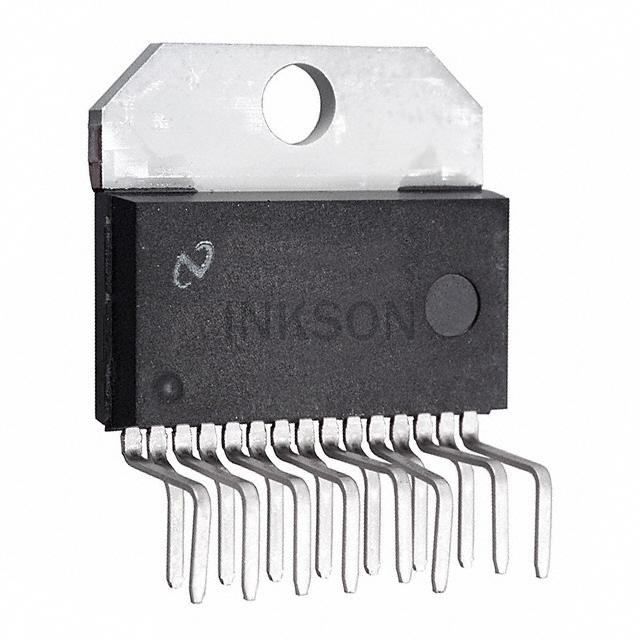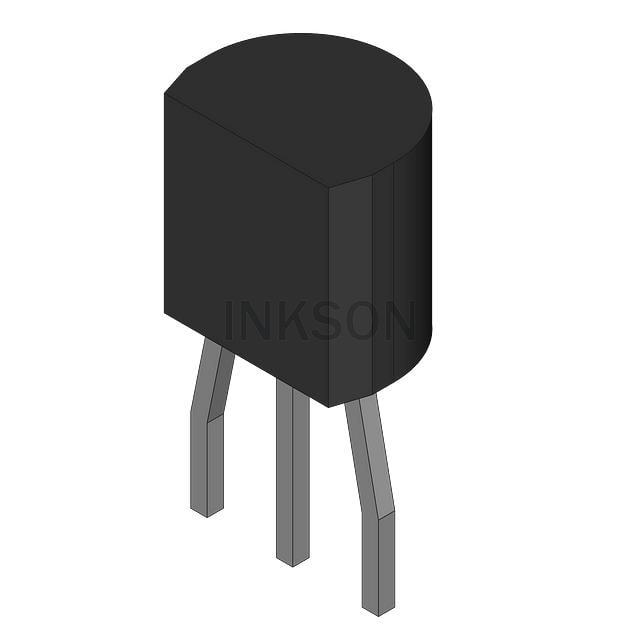The LMD18245T is a highly popular H-bridge power amplifier integrated circuit produced by Texas Instruments. Widely used in applications that require high-speed amplifier capabilities, it is specifically designed for driving DC motors and other inductive loads.
Main functions:
- Motor Control: The LMD18245T is primarily used for controlling the speed and direction of DC motors in both forward and reverse directions.
- H-Bridge Configuration: It incorporates an H-bridge configuration, allowing bidirectional control of the connected load (such as a motor).
- PWM Control: Capable of providing pulse width modulation (PWM) control for precise speed and power regulation.
Application areas:
- Robotics: Commonly used in robot control systems for precise movement and positioning.
- Automation Systems: Employed in various industrial automation systems for motor control, conveyor belts, and robotic arms.
- Motion Control Systems: Integrated into numerous motion control applications like CNC machines, 3D printers, and automated manufacturing equipment.
- Consumer Electronics: Used in consumer goods such as electric vehicles, home appliances, and toys involving motor control applications.
Alternative models:
Several alternatives to the LMD18245T exist within the market, varying in terms of performance, features, and compatibility. Some alternatives include:
- L298N: Offered by various manufacturers, this integrated H-bridge motor driver offers similar functionality and is commonly used in robotics and automation applications.
- DRV8801: Another alternative motor driver, popular for its compatibility with various microcontrollers and robust feature set.
- SN754410: A dual H-bridge motor driver IC capable of driving two DC motors in both directions.
When considering alternatives, one should carefully assess the specific requirements of the application, such as voltage and current requirements, thermal considerations, and control interface compatibility, to ensure the chosen alternative effectively meets the desired system specifications.



